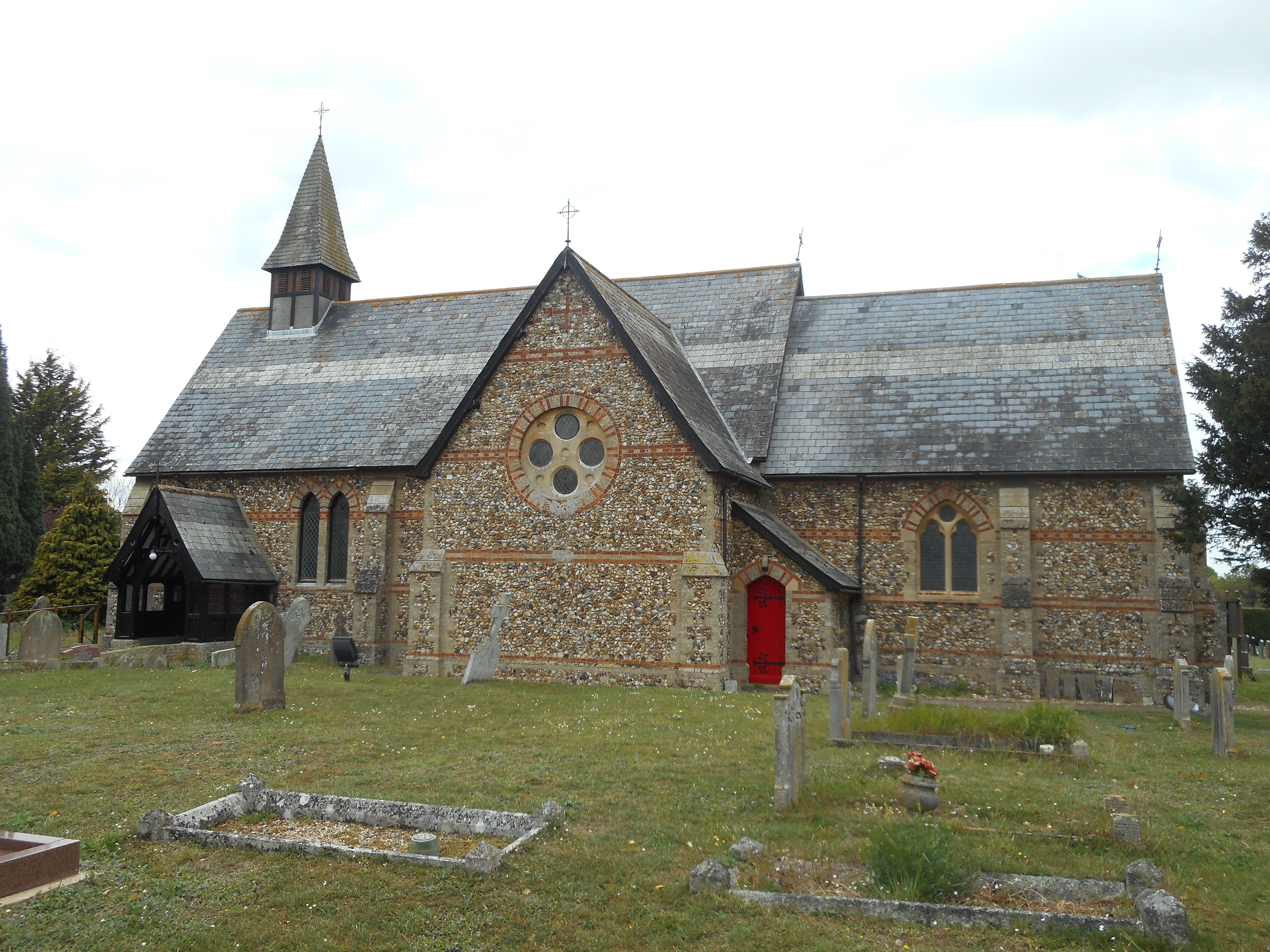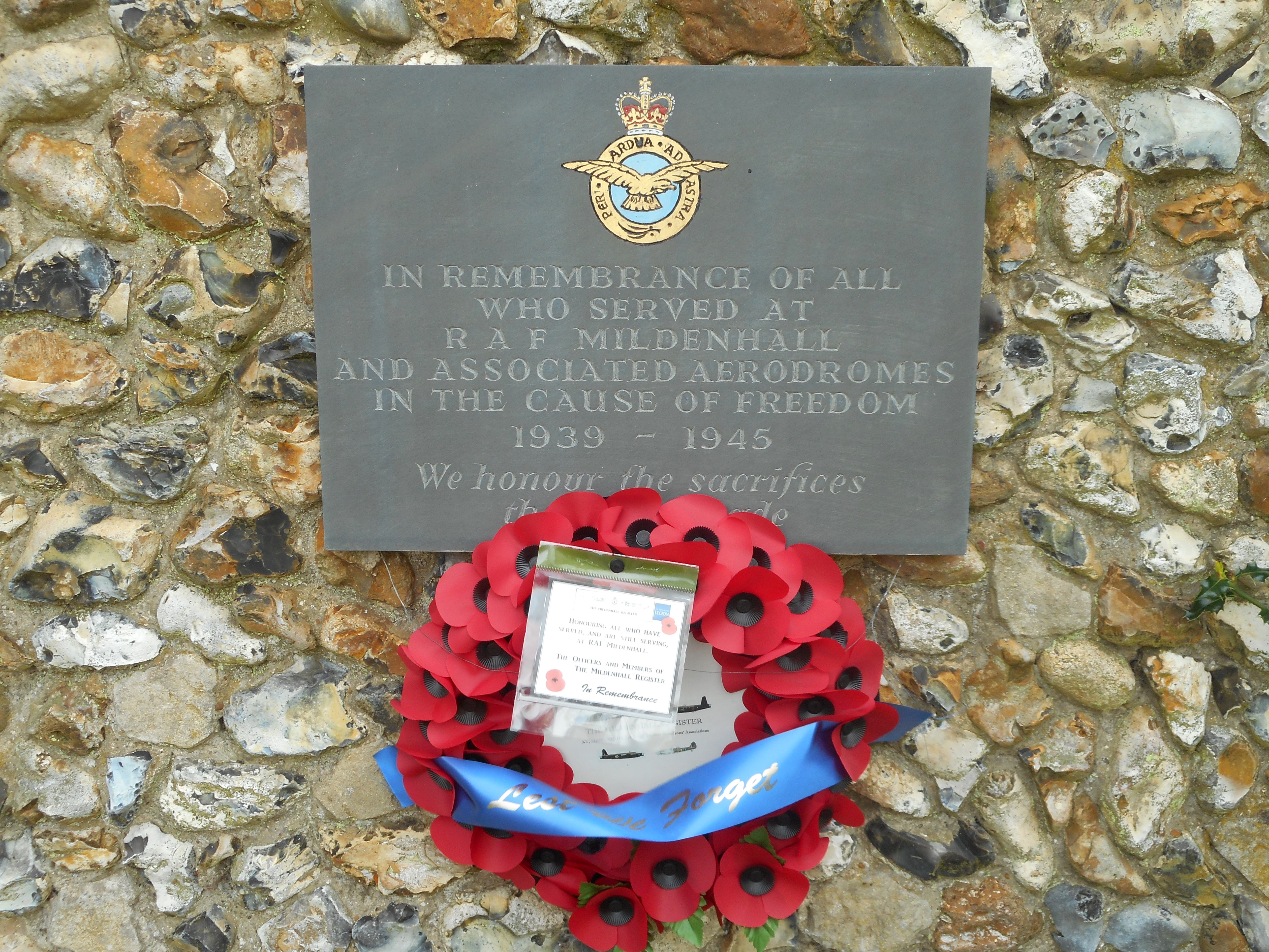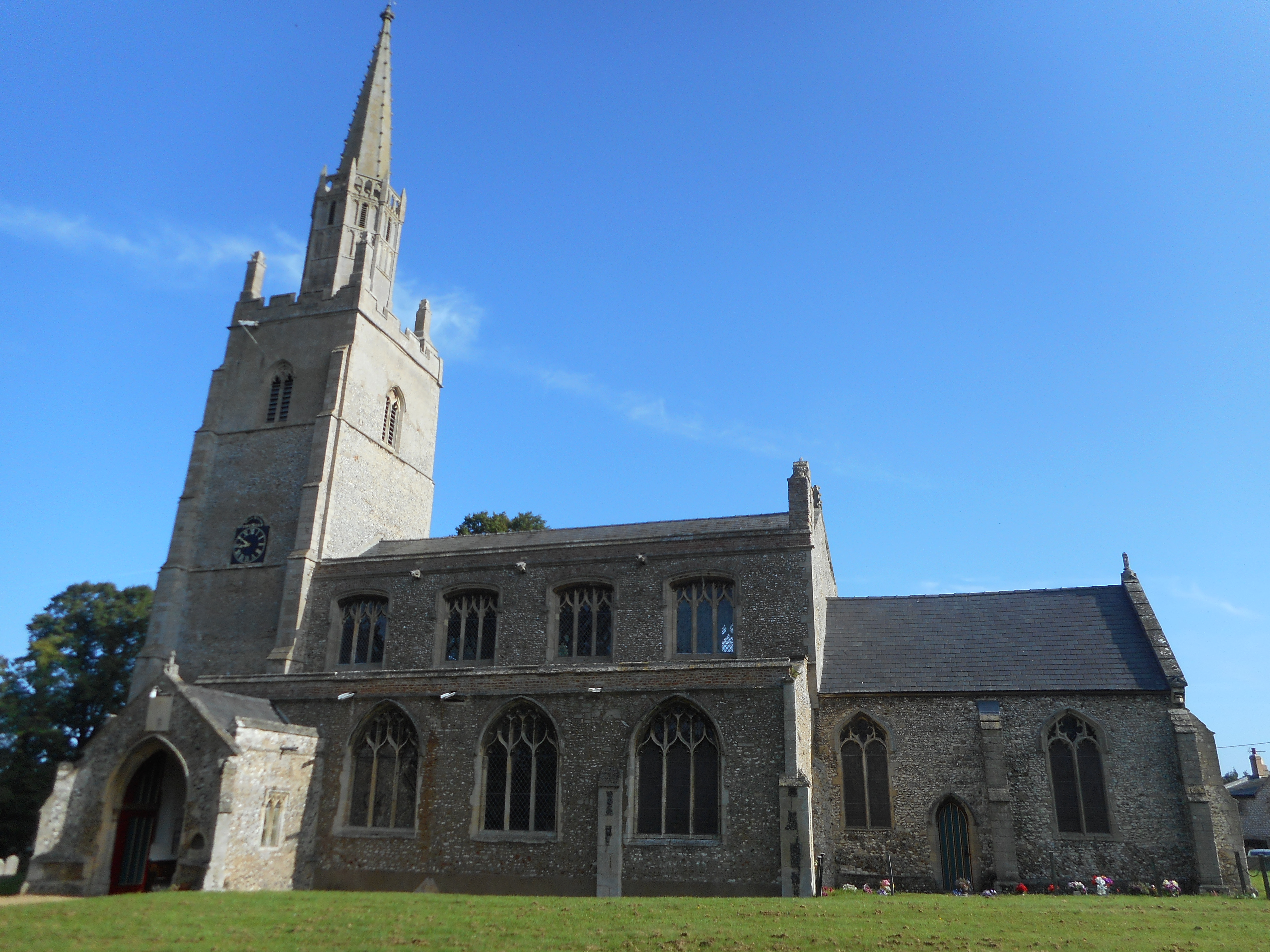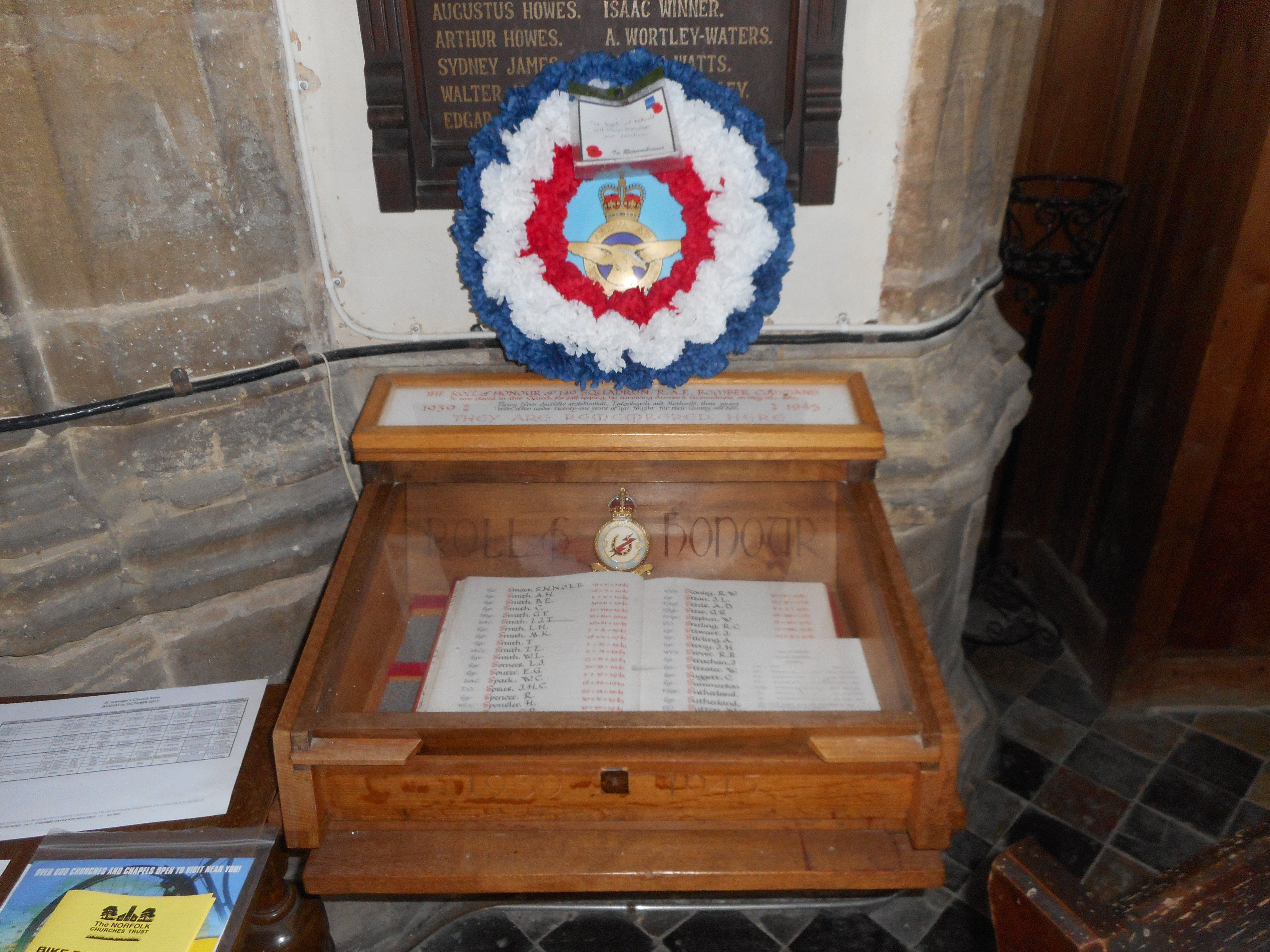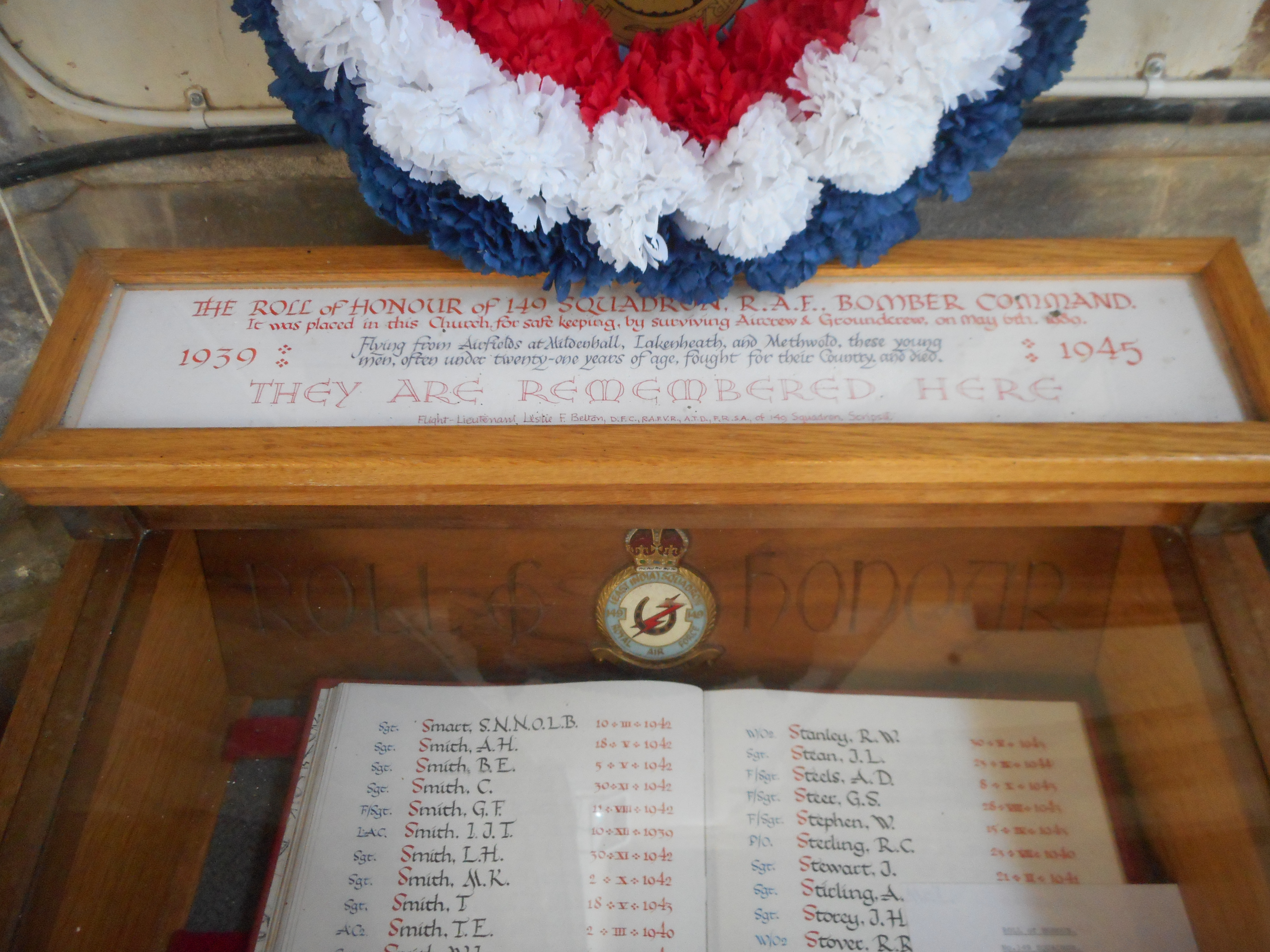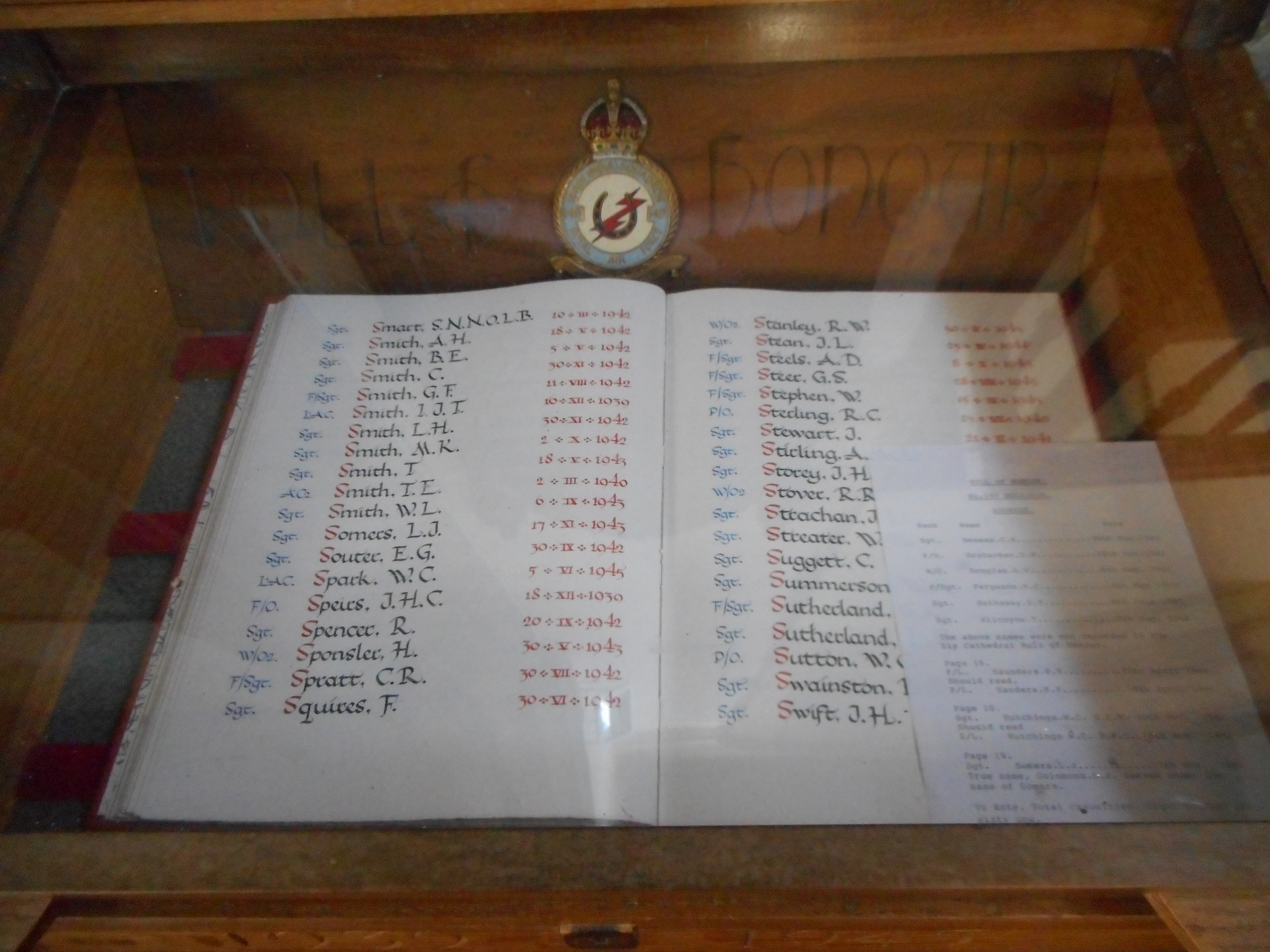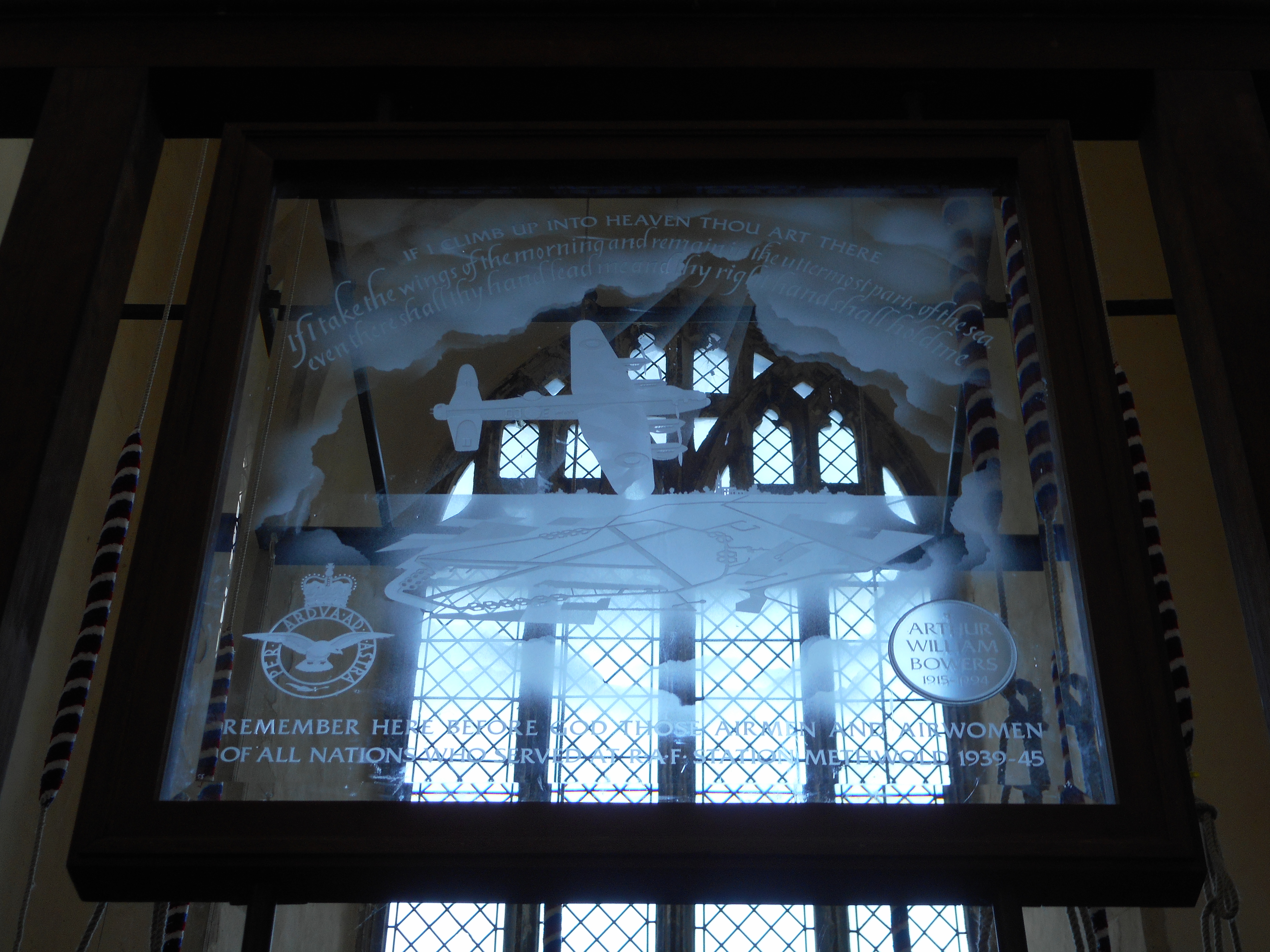Sinton, John Humble
Personal Information
| Rank | LAC |
| Forename(s) | John Humble |
| Surname | Sinton |
| Gender | M |
| Age | 24 |
| Date of Death | 18-12-1939 |
| Next of Kin | Son of George and Hannah Isabella Sinton, of Bamburgh, Northumberland. |
Aircraft Information
| Aircraft | Vickers Wellington IA |
| Serial Number | N2962 |
| Markings | OJ-B |
Memorial Information
| Burial/Memorial Country | United Kingdom |
| Burial/Memorial Place | Runnymede Memorial |
| Grave Reference | Panel 2. |
| Epitaph |
IBCC Memorial Information
| Phase | 2 |
| Panel Number | 242 |
Enlistment Information
| Service Number | 517970 |
| Service | Royal Air Force |
| Group | 3 |
| Squadron | 149 (East India) |
| Squadron Motto | Fortis nocte (Strong by night) |
| Trade | WOp/AG |
| Country of Origin | United Kingdom |
Other Memorials
| Location | Church of St. John, Beck Row, Suffolk |
| Country | United Kingdom |
| Memorial Type | Inscribed Slate Tablet on rear external wall of Church |
| Memorial Text | In remembrance of all who served at RAF Mildenhall and associated aerodromes in the cause of freedom, 1939-1945 |
| Location | St. George's Church, Methwold, Norfolk |
| Country | United Kingdom |
| Memorial Type | Roll of Honour & inscribed window |
| Memorial Text | Roll of Honour of 149 Sqn RAF and a window remembering the men and women of all Nations who served at RAF Methwold, 1939-1945 |
Miscellaneous Information
| The first aircraft shot down, it was attacked by Me110s and dived into the sea from 10,000 feet |
Commonwealth War Graves Commission
The National Archives
Fellow Servicemen
Please note that this list gives all the losses aboard the quoted aircraft and occasionally these may have occurred on an earlier date when the aircraft was not itself lost. Please check the dates of death carefully.
Last Operation Information
| Start Date | 18-12-1939 |
| End Date | 18-12-1939 |
| Takeoff Station | Mildenhall |
| Day/Night Raid | Day |
| Operation | Daylight attack on shipping off Wilhelmshaven by 24 Wellingtons |
| Reason for Loss | Picked up early by an experimental German Freya radar on the island of Wangerooge and, in clear conditions, were scattered by accurate flak and then attacked by fighters. Twelve of the 22 aircraft which had reached the target area were shot down for 2 German fighters. This operation, together with an earlier and similarly disasterous operation on 14th December, had a profound effect on British bomber policy and did much to dispel the myth that bombers in a tight formation would always be safe from attacking fighters. |
